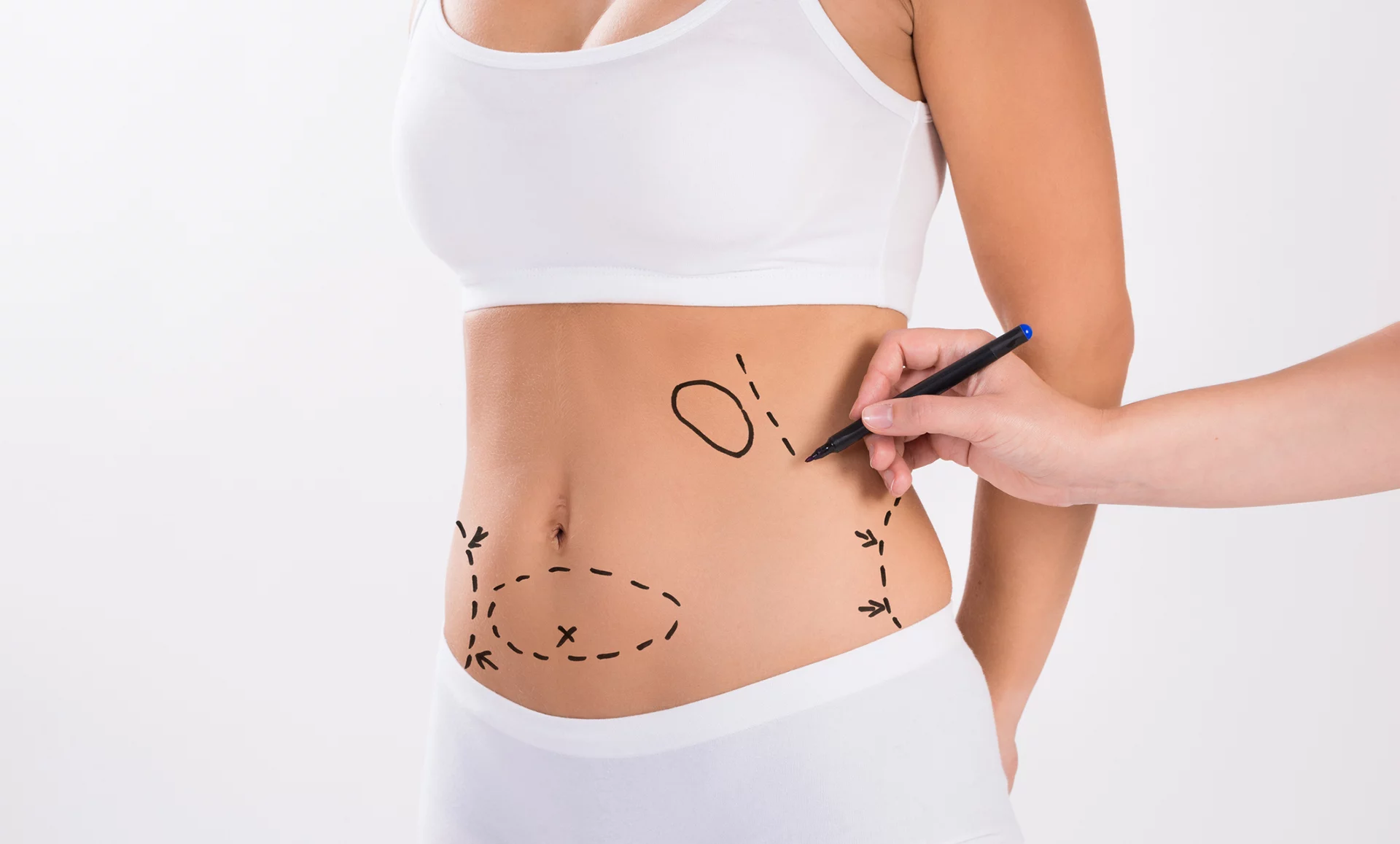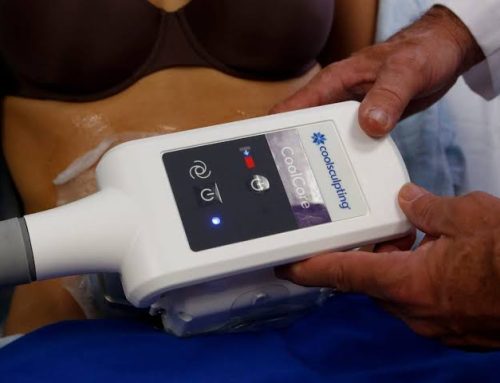Introduction
Liposuction has long been a popular cosmetic procedure for those looking to shed stubborn fat deposits and achieve a more sculpted body. However, potential candidates often ask, “How long do the results of liposuction last?” In this article, we’ll explore what liposuction is, how it works, who is a suitable candidate, the recovery process, and the longevity of the results.
What is Liposuction?
Liposuction is a surgical procedure designed to remove localized fat deposits that are resistant to diet and exercise. It can be performed on various areas of the body, including the abdomen, thighs, arms, hips, and more. The surgeon uses a thin tube called a cannula to suction out excess fat, creating a slimmer and more contoured appearance.

How is Liposuction done?
- Consultation: The process begins with a consultation with a board-certified plastic surgeon. During this consultation, your surgeon will assess your individual needs and discuss your aesthetic goals.
- Anesthesia: Liposuction is performed under local or general anesthesia, depending on the extent of the procedure.
- Incisions: Small incisions are made near the treatment area, and a tumescent solution is injected to reduce bleeding and pain.
- Fat Removal: The surgeon carefully inserts the cannula through these incisions to suction out the unwanted fat.
- Closure: After the fat removal is complete, the incisions are sutured, and the recovery process begins.
Who is a good candidate for Liposuction?
Liposuction is ideal for individuals who:
- Are at or near their target weight but struggle with localized fat deposits.
- Have good skin elasticity, as it helps the skin to reshape itself after fat removal.
- Are non-smokers and in good general health.
- Have realistic expectations about the results and understand that liposuction is not a weight loss solution.
How to best recover from Liposuction?
After liposuction, patients can expect some downtime and a period of recovery. Here’s what to anticipate during this phase:
- Swelling and Bruising: Swelling and bruising are common after the procedure, and they typically subside over the following weeks.
- Compression Garments: Your surgeon may recommend wearing compression garments to reduce swelling and support the skin’s recontouring.
- Rest and Activity: It’s crucial to take it easy and follow your surgeon’s instructions regarding physical activity during the early stages of recovery.
- Scarring: Liposuction incisions are generally small and inconspicuous, resulting in minimal scarring.
How long does Liposuction Results last?
Liposuction offers long-lasting results, but it’s essential to maintain a healthy lifestyle. The removed fat cells do not return, but if you gain weight, the remaining fat cells can expand. To ensure lasting results:
- Maintain a Healthy Diet: Consume a balanced diet and stay hydrated to support your body’s metabolic health.
- Regular Exercise: Incorporate regular physical activity to prevent weight gain and maintain muscle tone.
- Lifestyle Choices: Avoid smoking and excessive alcohol consumption, as they can have negative effects on your results.

Conclusion
Liposuction is an effective and well-established method for achieving a slimmer, more contoured physique. The results of liposuction can be long-lasting, provided you maintain a healthy lifestyle and continue to prioritize your overall well-being. If you’re considering liposuction, consult with a qualified plastic surgeon to determine your candidacy and create a personalized treatment plan that aligns with your aesthetic goals. With proper care and commitment to a healthy lifestyle, you can enjoy the benefits of liposuction for years to come.
Disclaimer: The content on this blog is intended for general informational purposes only. It is not a substitute for professional medical advice, diagnosis, or treatment. Always consult qualified healthcare providers for personalized advice. Information regarding plastic surgery, dental treatment, hair transplant, and other medical procedures is educational and not a guarantee of results. We do not assume liability for actions taken based on blog content. Medical knowledge evolves; verify information and consult professionals. External links do not imply endorsement. By using this blog, you agree to these terms.










